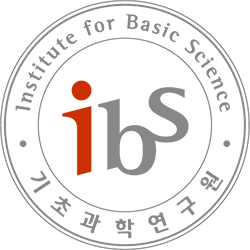Theoretical studies on biological oscillations by using waveform data and mathematical models – Shingo Gibo
Title: Theoretical studies on biological oscillations by using waveform data and mathematical models Abstract: Temporal waveforms of biological oscillations are of various shapes. In our research, we have explored the functional implications of these waveform shapes. In particular, we theoretically showed that the period of circadian clocks is proportional to the waveform distortion from sinusoidal wave. It suggests that the circadian period can be stable against temperature changes only if the waveform becomes more distorted at higher temperatures. In this talk, I will explain my past research and discuss my future plans. Reference: Shingo Gibo, Gen Kurosawa, Non-sinusoidal Waveform in Temperature Compensated Circadian Oscillations, Biophysical Journal 116 (4) 741-751 (2019). doi: 10.1016/j.bpj.2018.12.022 Shingo Gibo, Gen Kurosawa, Theoretical study on the regulation of circadian rhythms by RNA methylation, Journal of Theoretical Biology 490, 110140 (2020). doi; 10.1016/j.jtbi.2019.110140 Shingo Gibo, Teiji Kunihiro, Tetsuo Hatsuda, Gen Kurosawa, Waveform …


